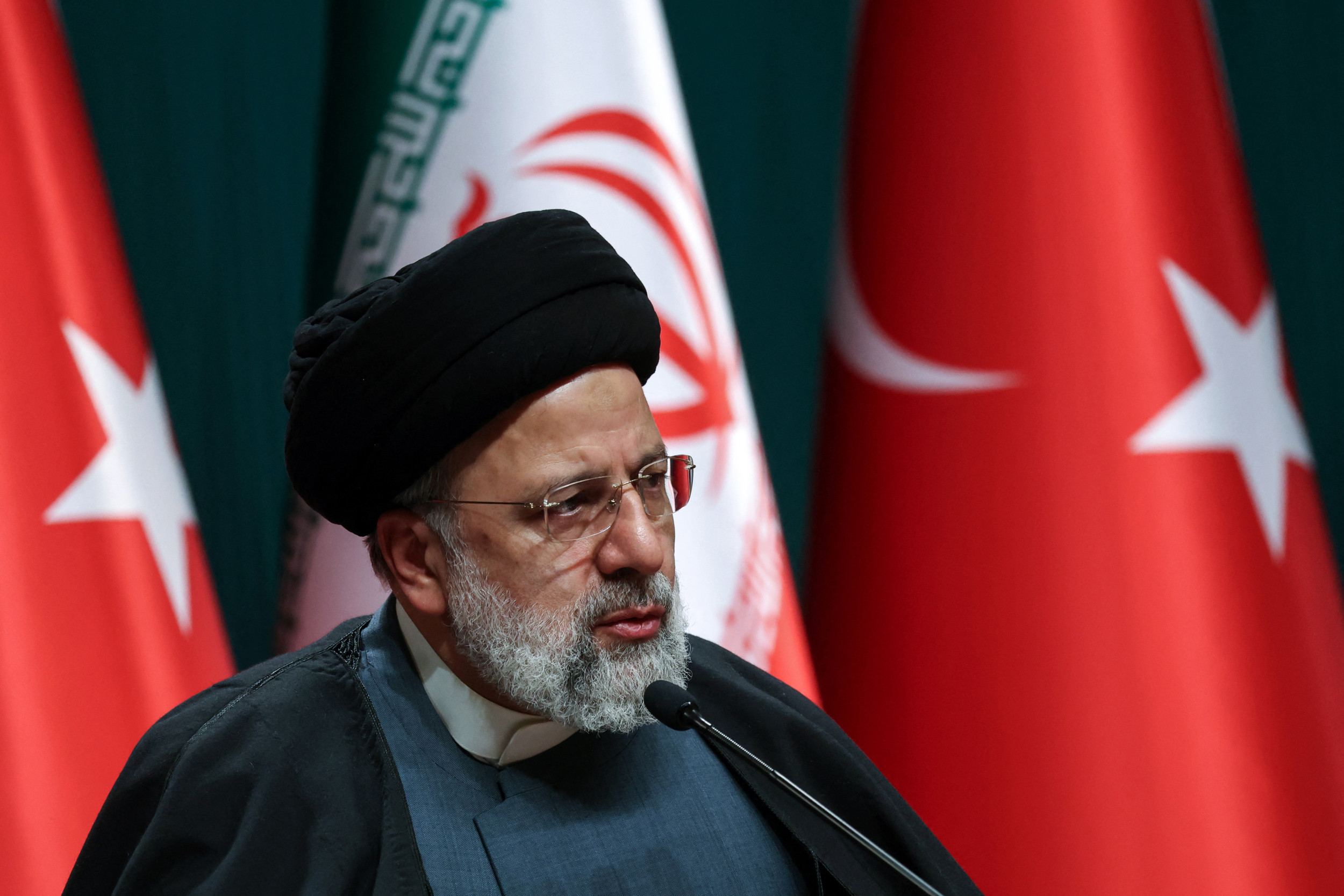Archaeologists in Bulgaria discovered a coin depicting Jesus Christ as they were excavating a fortress.
Archaeologists from Rome, Italy, were excavating the Bulgarian medieval city of Rusokastro, in the southeastern part of the country, when they unearthed the mysterious silver penny, according to a press release from the Burgas Museum.
After closer inspection, they realized it showed the Serbian King Stefan Uros II Milutin, who ruled from 1282 to 1321.
On one side of the coin is a depiction of Jesus Christ, and on the other, is one of the king with St. Stephen, who is considered the first Christian martyr.
It is a copy of the Venetian matapan, which according to the press release from the Burgas Museum, was the "most stable currency in the Balkans at the end of the 13th and the beginning of the 14th centuries."

This was due to "their weight and the high quality of silver."
The press release specifies that these coins generally represented the Doge, leader of the Republic of Venice, and St. Mark, the patron saint of Venice.
King Stefan Uros II Milutin is known for being one of the most powerful Serbian rulers during the Middle Ages. He was one of the most prominent and notable monarchs in Europe at the time. He notably expanded Serbia's territory into Bulgaria.
As a result, the entirety of Serbia "grew enormously" during his reign, "at the expense of not only Bulgarian, but also Byzantine lands north of Thessaloniki [today in Greece]."
He was officially declared a saint during his time and according to the Burgas Museum, many of his relics are still kept in the Saint Nedelya Church in the Bulgarian capital of Sofia.
The king was married five times throughout his life. One of his wives being the Bulgarian princess Anna Terter, daughter of Bulgarian Tsar George I Terter, said the press release from the museum of Burgas, located on the Black Sea coast.
The coin will serve as important insight into the ancient city.
"For archaeologists, the coin is important because such a find was discovered for the first time in the medieval city of Rusokastro. It expands the picture of the previously known coin circulation in the city," the statement from Burgas Museum read.
Do you have a tip on a science story that Newsweek should be covering? Do you have a question about archaeology? Let us know via science@newsweek.com.
Uncommon Knowledge
Newsweek is committed to challenging conventional wisdom and finding connections in the search for common ground.
Newsweek is committed to challenging conventional wisdom and finding connections in the search for common ground.
About the writer
Robyn White is a Newsweek Nature Reporter based in London, UK. Her focus is reporting on wildlife, science and the ... Read more





